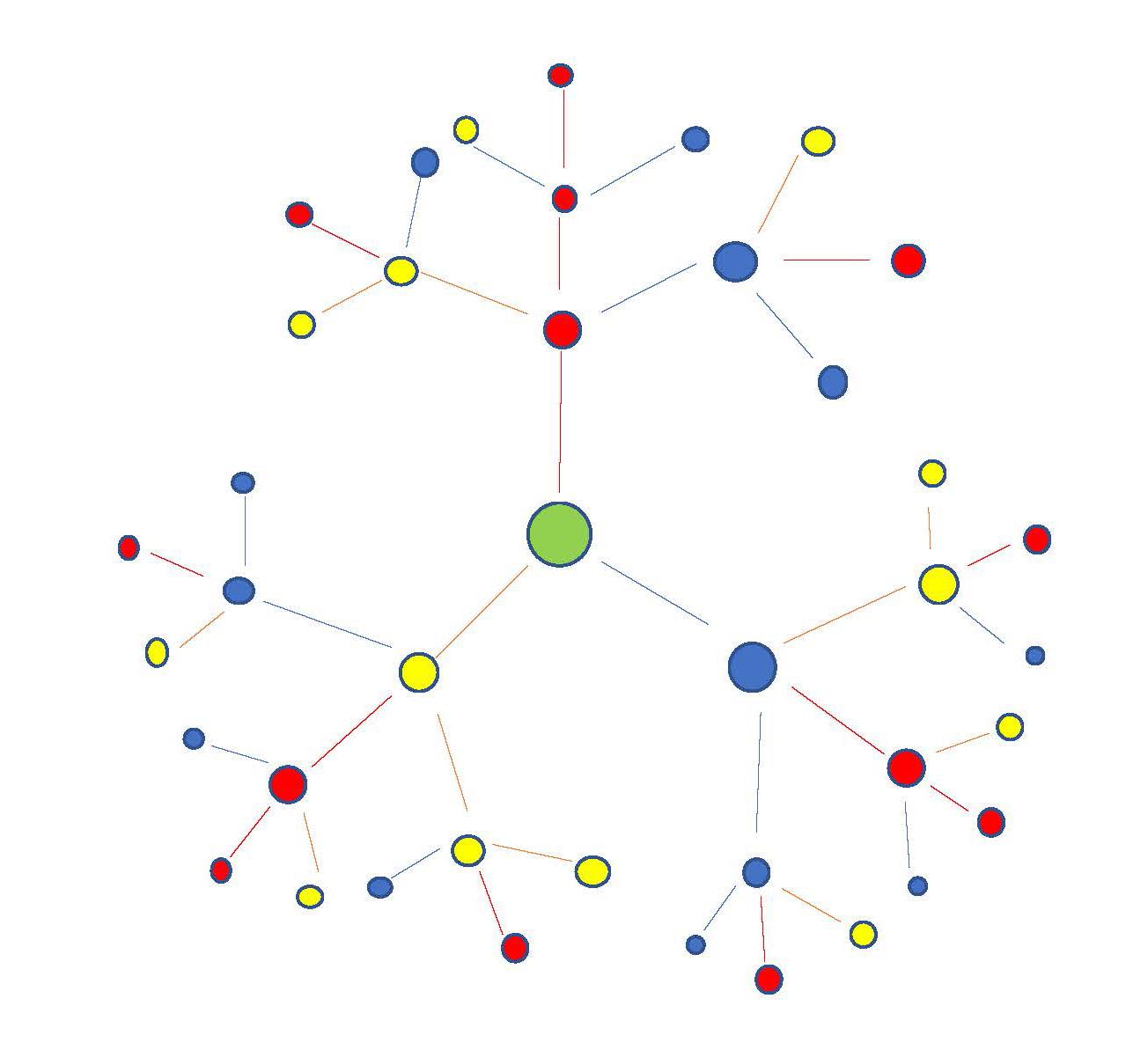Objectives
- Create a culture in which mathematics comes naturally from student experience
- Create environments in which practicing/learning math is enjoyable
- Focus of YPP is to create mathematical games and experiences
The Flagway Game
- Appropriate for all ages, but mainly done with 3rd-6th grade students
- Rules derived from “Mobius” function; the game can be played without knowing the rules. (Gives all students access)
- Students must navigate a course (flagway) of radial paths based on the rules.
- Speed counts: the game becomes like a sport
Purpose
- Constructs elaboration on basic number facts
- Students guess, conjecture, and reflect on their options during the game.
- Struggling students in 3rd and 4th grade begin a descent, especially during the beginning of multiplication, division, and mathematics with fractions.
Reasoning
- Memory acquisition happens through repetition and elaboration. Repetition has not succeeded with this population of students. Flagway uses elaboration to extend their mathematical understanding.
League
- When Flagway teams are formed in communities around the country, they can compete locally, regionally, and nationally. Leagues can then sponsor Flagway tournaments at each level of competition.
Mobius Function
- Categorizes natural numbers into three exclusive categories:
- μ(n)=1 if n is a square free positive integer with an even number of prime factors
- μ(n)=-1 if n is a square free positive integer with an odd number of prime factors.
- μ(n)=0 if n has a squared prime factor.
- Ex. n=8: 0, n=9: 0, n=10: 1, n=11: -1
How to Play
- The game board is a 2-dimensional tree graph. From the center, there are three branches to other centers. From those centers, there are three additional branches to the final categories (27 total). The three branches are labeled yellow, blue, and red.

